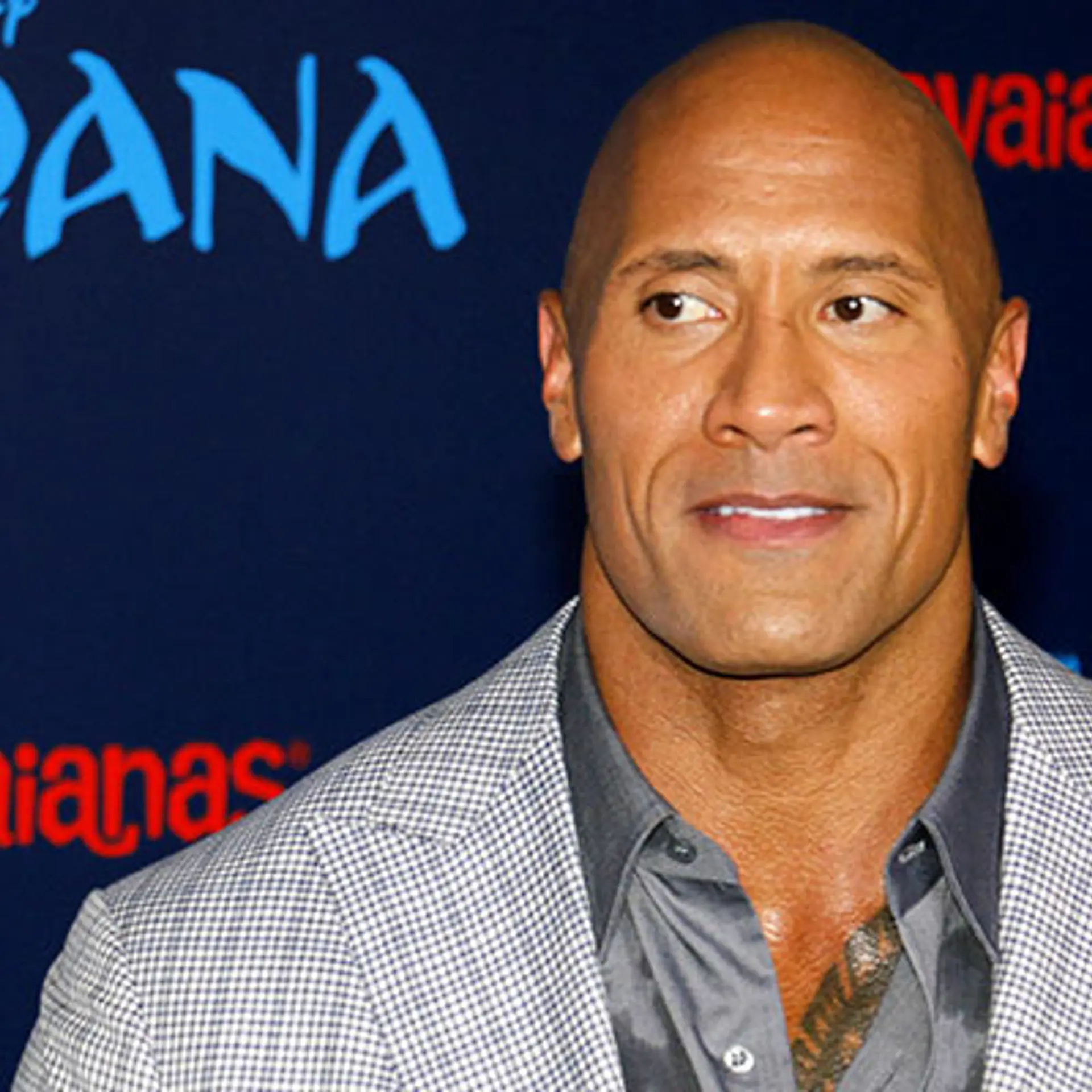India's smartphone market falls 13 pc sequentially in Q2 amid second COVID-19 wave
Given that April-June 2020 had an almost two-month nationwide lockdown (amid the first wave of the pandemic), the year-on-year comparison was "extremely favourable" with shipments up 87 percent, Canalys said in its report.
Smartphone shipments in India fell 13 percent to 32.4 million units in the April-June 2021 period over the previous quarter as the second wave of COVID-19 stifled demand, according to research firm Canalys.
Given that April-June 2020 had an almost two-month nationwide lockdown (amid the first wave of the pandemic), the year-on-year comparison was "extremely favourable" with shipments up 87 percent, Canalys said in its report.
Xiaomi continued to remain the top player with 29 percent market share (9.5 million units shipment) in the June 2021 quarter, followed by Samsung stayed in second place with 17 percent share (5.5 million) and Vivo with 5.4 million.
Realme overtook Oppo for fourth place, shipping 4.9 million units (15 percent) against Oppo's 3.8 million (12 percent) in the said period, the report said.
A surge in COVID-19 cases prompted regional restrictions and economic disruption, which limited consumers' disposable income.

Image Source: Shutterstock
"India was taken by surprise by its second wave, as the new COVID variant emerged and took hold quickly. For smartphone vendors, this was a wake-up call, and shows the importance of bolstering both online and offline presences equally," Canalys Analyst Sanyam Chaurasia said.
Signs of recovery did emerge by the end of the second quarter as consumer confidence was boosted by vaccination programmes in key localities.
India will rebound in the second half of 2021, aided by accelerated vaccinations, as well as brands expanding promotional activities and new product releases, Chaurasia said.
"But the second half will not see a surge in pent-up demand like last year. The threat of a third wave still looms in India, but as citizen behaviour and industrial operations continue to adapt to pandemic conditions, its impact should be minimal," he added.
Chaurasia noted that increasing costs will be challenging, amid limited component supply, rising shipping charges and a tough macroeconomic environment.
"In the short term, vendors will bear the impact of supply chain disruption, and will be conservative about raising prices. But the component shortage also brings another risk regional deprioritisation as brands look to allocate their limited supplies of devices to more lucrative markets, he said.
Edited by Saheli Sen Gupta








